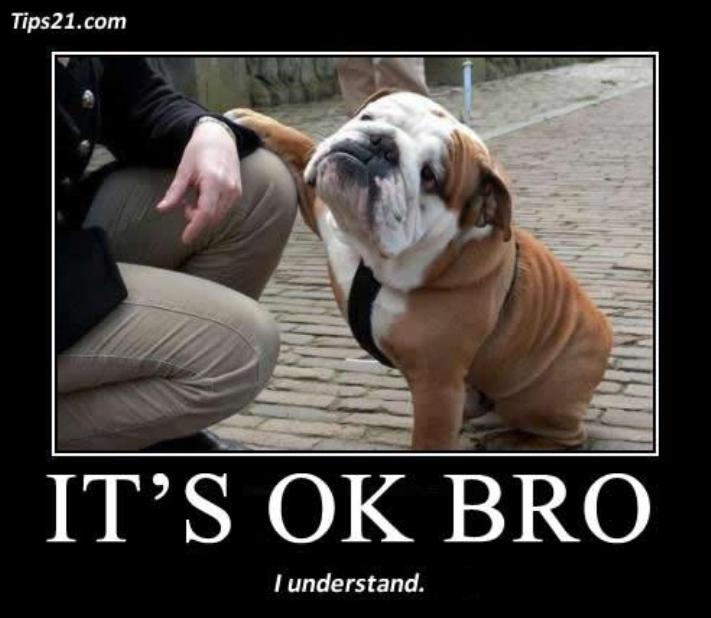Just as a growing child, your dog will want to chew on toys and other objects to relieve the pain of a new set of teeth coming in. If your dog is full grown, you may also come home to find your couch cushions or favorite pair of shoes ripped to shreds, but it is not because they enjoy the taste. Your dog could be exhibiting signs of separation anxiety or anxiety in general.
Try these steps to correct the problem:
1. Remain calm. Unleashing your anger on your dog won't accomplish anything. Move him to seek another object to chew while you calm down.
2. Correct your dog. Don't try to grab the object away or take the dog away from the object. Instead, use a light touch correction on the neck or hindquarters to get your dog's attention away from the object.
3. Redirect the behavior. If the correction didn't get your dog to drop the object, find something else that will, such as the scent of a treat or another toy.
4. Claim the object. Use your energy and body language to communicate to your dog that the object is yours. It can be helpful to imagine an invisible boundary around you and the object.
5. Find safe chew toys. Many dogs use chewing as a way to calm themselves. Puppies who are teething chew to relieve pain. Provide an object that they can safely chew, such as a chew toy or a bully stick.
www.doggy-detail.com

.jpg)




